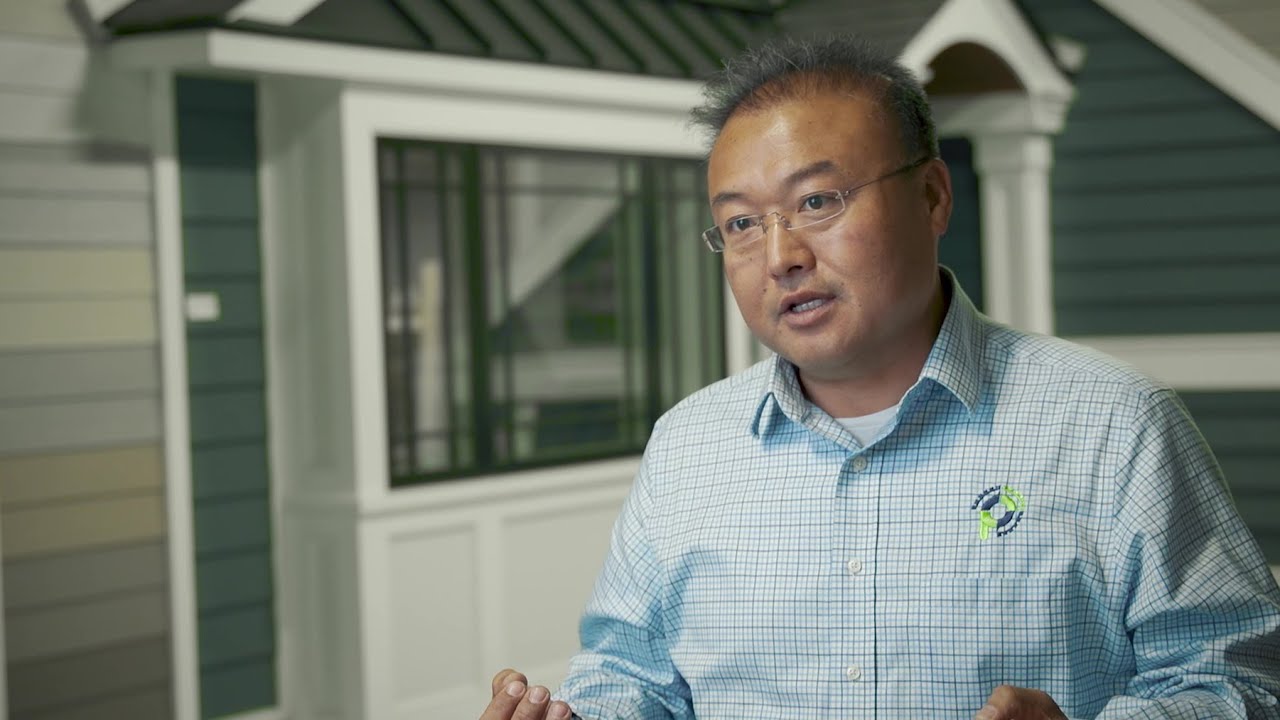Stucco remediation is a fascinating process that seeks to restore and revitalize the exterior walls of your home or building. It involves the meticulous inspection, repair, and replacement of damaged or compromised stucco, ensuring the longevity and aesthetics of your property. With its remarkable ability to breathe and withstand the test of time, stucco has been a popular choice for construction. However, over the years, it can succumb to various issues such as water damage, cracks, or mold growth. Stucco remediation tackles these problems head-on, effectively addressing the underlying issues and preventing further deterioration. By employing advanced techniques and top-quality materials, experienced professionals meticulously repair and restore the stucco, ensuring a seamless and visually appealing surface. Stucco remediation not only enhances the curb appeal of your property but also protects its structural integrity, safeguarding it against potential moisture damage and other environmental factors. Investing in stucco remediation allows you to maintain the beauty and value of your home or building, providing a long-lasting and durable solution. Trusting the expertise of professionals in the field, you can rest assured that your stucco will be expertly remediated, offering you peace of mind and a stunning exterior for years to come.

Understanding Stucco Remediation
| Term | Description |
|---|---|
| Stucco | Stucco is a popular exterior finish made from a mixture of cement, sand, lime, and water. It is commonly used to provide a decorative and protective coating to both residential and commercial buildings. |
| Remediation | Stucco remediation refers to the process of repairing and restoring stucco systems that have suffered from damage or failure. It involves identifying and addressing any underlying issues, such as water penetration or improper installation techniques, to ensure the longevity and performance of the stucco system. |
| Inspection | Prior to undertaking stucco remediation, a comprehensive inspection is conducted to assess the condition of the stucco system. This includes evaluating the substrate, identifying any signs of water intrusion, and determining the extent of damage present. |
| Moisture Testing | Moisture testing is a crucial step in stucco remediation. Various non-invasive techniques, such as infrared thermography, are employed to detect moisture levels within the stucco system and underlying building components. This helps identify areas of potential water intrusion and guides the remediation process. |
| Repair Techniques | Stucco remediation involves employing a range of repair techniques based on the specific issues found. This may include removing and replacing damaged stucco, repairing or replacing underlying substrate, addressing improper flashing or caulking, and implementing proper moisture management systems. |
| Preventive Measures | Once the stucco system has been remediated, it is crucial to implement preventive measures to avoid future problems. This may include regular maintenance, proper drainage systems, and periodic inspections to promptly address any potential issues before they escalate. |
The Culprits Behind Stucco Failure
What is Stucco Remediation?
Stucco is a popular exterior finish for homes and buildings due to its durability and aesthetic appeal. However, over time, stucco can develop issues that require remediation. Stucco remediation is the process of repairing or replacing damaged or deteriorated stucco to restore the integrity and appearance of a structure. In this article, we will explore the importance of stucco remediation and the steps involved in this process.
The Importance of Stucco Remediation
Ensuring Structural Integrity: Stucco is applied over a building’s exterior walls as a protective layer. Over time, moisture can infiltrate the stucco and cause it to crack, peel, or delaminate. These issues can compromise the structural integrity of the building, leading to more severe problems such as water damage, mold growth, and even structural failure. Stucco remediation is crucial to prevent further damage and maintain the stability of the structure.
Enhancing Energy Efficiency: Damaged or deteriorated stucco can create gaps or cracks that allow air to leak in and out of the building. This can result in energy loss, causing higher heating and cooling costs. By addressing these issues through stucco remediation, homeowners can improve the energy efficiency of their property and reduce their utility bills.
Preserving Aesthetics: Stucco is known for its attractive appearance, and damaged or deteriorated stucco can significantly impact the curb appeal of a property. Stucco remediation allows homeowners to restore the original beauty of their home or building, ensuring it remains visually appealing and maintains its value.
The Process of Stucco Remediation
Stucco remediation involves several steps to identify and address the underlying issues. Here are the key stages of the process:
Inspection and Assessment
The first step in stucco remediation is a thorough inspection of the stucco system. Trained professionals will assess the condition of the stucco, identify any signs of damage or deterioration, and determine the extent of the problem. This may involve the use of specialized equipment such as moisture meters, thermal imaging cameras, or borescopes to detect hidden issues.
Preparation
Once the assessment is complete, preparations are made for the remediation process. This includes protecting surrounding areas, removing any loose or damaged stucco, and ensuring proper ventilation to minimize dust and debris during the remediation process.
Repair and Replacement
After the necessary preparations, the damaged or deteriorated stucco is repaired or replaced. This may involve removing the entire stucco system and replacing it with new stucco, or selectively repairing the damaged areas. The remediation process aims to address not only the visible damage but also any underlying issues that may have caused the deterioration.
Waterproofing and Sealing
One crucial aspect of stucco remediation is ensuring proper waterproofing and sealing. This involves applying a high-quality waterproofing barrier to prevent moisture infiltration, which is often the cause of stucco damage. This step helps to protect the stucco and extend its lifespan.
Final Inspection and Maintenance
After the stucco remediation is complete, a final inspection is conducted to ensure that all repairs have been properly executed and the stucco system is in optimal condition. Additionally, ongoing maintenance is recommended to prevent future issues and ensure the long-term durability of the stucco.
Conclusion
Stucco remediation is a crucial process for maintaining the structural integrity and aesthetics of buildings with stucco exteriors. By addressing issues such as cracks, peeling, or delamination in a timely manner, homeowners can prevent further damage, improve energy efficiency, and preserve the visual appeal of their property. The process involves a thorough inspection, preparation, repair or replacement, waterproofing, and a final inspection to ensure the success of the remediation. If you suspect any stucco-related issues, it is important to consult with professionals who specialize in stucco remediation to assess the situation and determine the best course of action.
Stucco Remediation
Frequently Asked Questions
What is stucco remediation?
How do you know if stucco remediation is needed?
What does the stucco remediation process involve?
1. Inspection: A professional stucco contractor will inspect the stucco to assess its condition and identify any issues or damage.
2. Removal: If damage is detected, the damaged stucco will be removed to expose the underlying structure.
3. Repair: Any underlying issues, such as water damage or mold growth, will be addressed and repaired.
4. Replacement: New stucco will be applied to the repaired areas, matching the existing stucco as closely as possible.
5. Finishing: The repaired and replaced stucco will be finished and painted to match the rest of the building’s exterior.
It is important to hire a qualified and experienced stucco contractor to ensure that the remediation process is done correctly and effectively.

